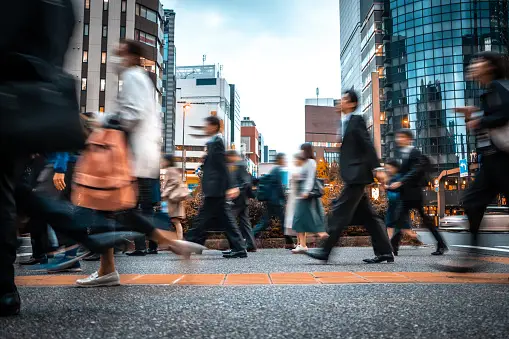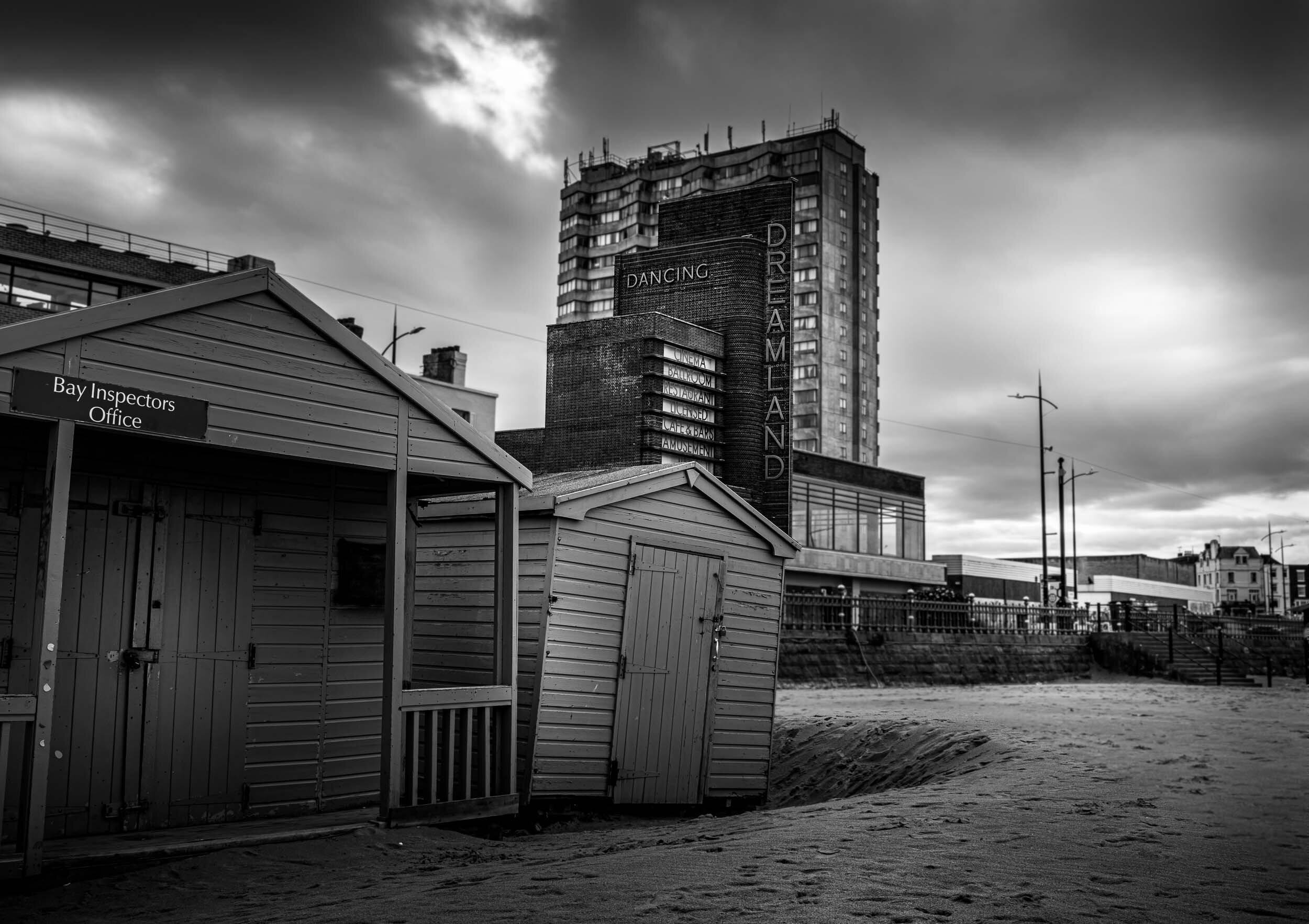Little Known Facts About Street Photographers.
Examine This Report on Street Photographers
Table of ContentsHow Street Photographers can Save You Time, Stress, and Money.Things about Street PhotographersSome Known Details About Street Photographers More About Street PhotographersStreet Photographers Fundamentals Explained
, a category of photography that records day-to-day life in a public area. The very publicness of the setting allows the digital photographer to take candid images of strangers, frequently without their expertise. Road photographers do not necessarily have a social objective in mind, however they prefer to separate and catch moments which may otherwise go undetected.He was affected by several of those that affected the road photographers of the 1950s and '60s, he was not mainly interested in capturing the spirit of the road., that functioned side by side with photographers attempting to record the significance of urban life.
Due to the comparatively primitive innovation readily available to him and the lengthy direct exposure time required, he had a hard time to record the pressure of the Paris roads. He try out a series of photographic approaches, trying to find one that would enable him to catch movement without a blur, and he discovered some success with the calotype, patented in 1841 by William Henry Fox Talbot. While the digital photographers' topic was basically the exact same, the results were considerably different, demonstrating the impact of the digital photographer's intent on the personality of the pictures he created.
Things about Street Photographers
Provided the great high quality of his pictures and the breadth of product, designers and musicians typically acquired Atget's prints to utilize as reference for their very own job, though commercial passions were hardly his major inspiration. Instead, he was driven to picture every last residue of the Paris he liked. The mingled passion and necessity of his goal luster through, causing photos that tell his own experience of the city, top qualities that expected street digital photography of the 20th century.

Unlike his peers, Brassa used a larger-format Voigtlnder electronic camera with a longer exposure time, requiring him to be more computed and thoughtful in his technique than he may have been if using a Leica. (It is assumed that he may not have been able to manage a Leica at that time, yet he did, nonetheless, utilize one go to this web-site in the late 1950s to take colour pictures.) Brassa's pictures of the Paris underworld illuminated by fabricated light were a revelation, and the compilation of the series that he released, (1933 ), was a major success.

Some Known Factual Statements About Street Photographers
It is as a result of this basic understanding of the art of picture taking that he is commonly credited with discovering the medium all over once again approximately a century considering that its development. He took photographs for even more than a half century and influenced generations of photographers to trust their eye and intuition in the minute.
These are the inquiries I will try to address: And afterwards I'll leave you with my own meaning of road photography. Yes, we do. Let's begin with specifying what a meaning is: According to it is: "The act of specifying, or of making something certain, unique, or clear".
No, absolutely not. The term is both restricting and misleading. Sounds like a street photography must be pictures of a roads appropriate?! And all road photographers, besides a handful of absolute beginners, will fully appreciate that a street is not the crucial element go to these guys to street photography, and really if it's an image of a road with possibly a few uninteresting individuals doing nothing of rate of interest, that's not street photography that's a picture of a road.
Street Photographers for Beginners
He makes a valid factor don't you assume? Nonetheless, while I concur with him I'm unsure "candid public digital photography" will capture on (although I do sort of like the term "candid digital photography") since "road digital photography" has been around for a lengthy time, with numerous masters' names affixed to it, so I think the term is here to remain.
Inside?! I hear you scream as you tremble your fist to the skies. Why not? You can fire at the beach, at an event, in a street, in a park, in a piazza, in a coffee shop, at a gallery or art gallery, in a city station, at an occasion, on a bridge, under a bridge ...
Yes, I'm scared we have no option! Without regulations we can not have an interpretation, and without a meaning we don't have a genre, and without a style we don't have anything to specify what we do, and so we are embeded a "policies definition category" loop! And no-one wishes to get embeded a loop. - Street Photographers
